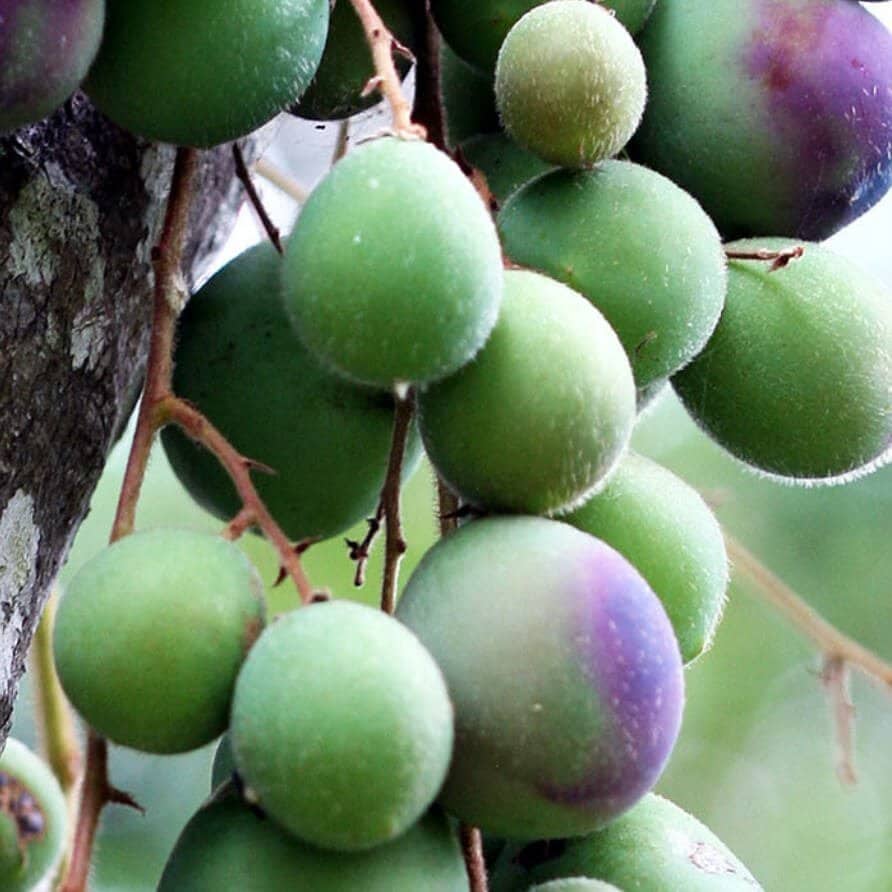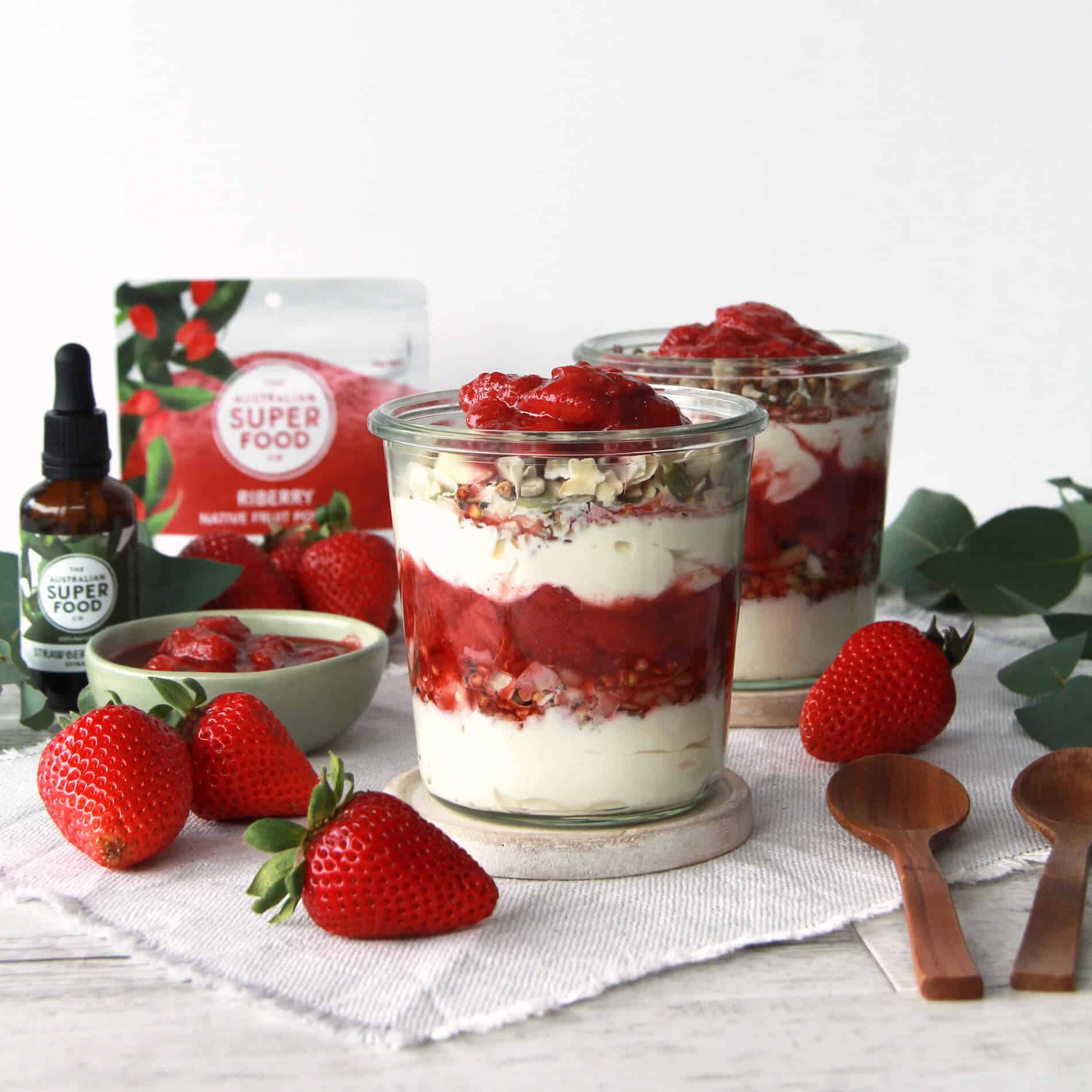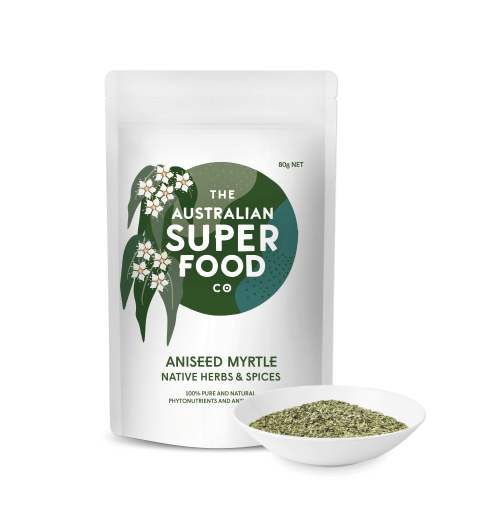Aniseed Myrtle (also known as Ringwood) trees are found in the sub-tropical rainforests of the Bellinger and Nambucca valleys in northern New South Wales, where they can grow up to 45 metres high.
Aniseed Myrtle was traditionally used to treat hiccuping, weight loss, lactation, menstrual pain and stomach complaints and is a great digestive aid.
Download The Australian Superfood Co provenance map here.
Flavour:
Sweet liquorice, aniseed; fresh menthol, eucalyptus
Palate:
Slightly sweet liquorice profile on the front palate, which builds and lingers on the back palate to a refreshing, earthy menthol profile similar to star anise.
Aroma:
Sweet liquorice, aniseed and earthy, eucalyptus aroma
Aniseed myrtle has a strong, aromatic and slightly sweet liquorice (aniseed) flavour, making it perfect for hot and cold beverages like tea. Lifts the profile of alcoholic beverages such as gin, vodka, white rum, Cointreau and tequila. Adds a refreshing aniseed flavour to soda, tonic, mineral waters and lemonade.
The profile lifts significantly when partnered with dairy-based ingredients such as cream, butter and most cheese, making it an ideal herb to use in savoury cheese dishes and sauces, ice creams and cheesecake.
Aniseed myrtle is delicious in biscuits and cakes, sweet sauces and savoury dressings and perfectly complements a variety of fruits, particularly apple, pear, citrus, tropical fruits (such as banana, mango, papaya and pineapple), stone fruit and coconut.
Complements fish, chicken, pork, lamb, beef and game meat and enhances the sweetness of root vegetables (sweet potato, pumpkin, beetroot, carrot, turnip, parsnip) and sweet corn.
Infuses well with oils and most vinegars and adds a pleasant aniseed flavour to salad dressings, marinades, meat and dairy-based sauces, and egg-based condiments such as aioli, hollandaise, béarnaise and mayonnaise.
Click here for delicious Aniseed Myrtle recipe ideas.










